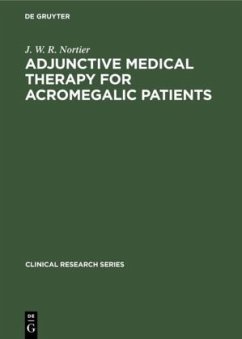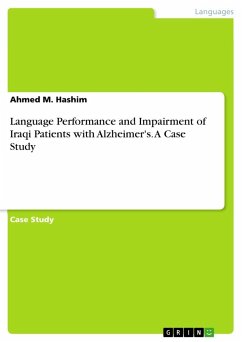
Advance mapping & navigation in complex arrhythmias patients
Versandfertig in 1-2 Wochen
22,99 €
inkl. MwSt.

PAYBACK Punkte
11 °P sammeln!
Since the first catheter recording of the human his bundle in 1960 and first attempted of ablation in 1981. The invention of the 3-d mapping systems from Biosense and Sant Jude made a big difference in the diagnosis of the complex Atrial Ventricular arrhythmias. Using conventional intracardiac recording system still is corner stone for the diagnosis, but with conjunction to electroanatomic maps, the successful rate increased and the usage of fluoroscopy is minimal, which is to protect the patients and the operators and the staff. In this research I emphasize that the usage of electroanatomical...
Since the first catheter recording of the human his bundle in 1960 and first attempted of ablation in 1981. The invention of the 3-d mapping systems from Biosense and Sant Jude made a big difference in the diagnosis of the complex Atrial Ventricular arrhythmias. Using conventional intracardiac recording system still is corner stone for the diagnosis, but with conjunction to electroanatomic maps, the successful rate increased and the usage of fluoroscopy is minimal, which is to protect the patients and the operators and the staff. In this research I emphasize that the usage of electroanatomical maps is more accurate in the measurement and detecting the arrhythmias localization.












